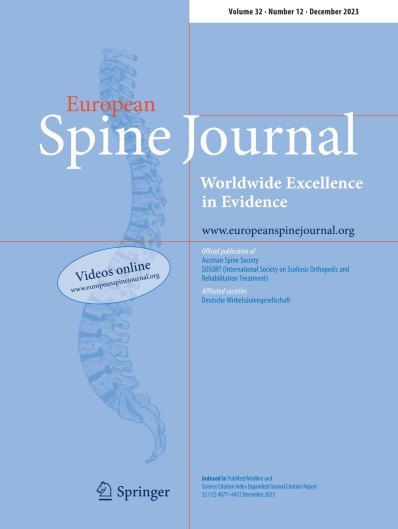
Digital imaging results in lower radiation dose than conventional film imaging

Digital imaging results in lower radiation dose than conventional film imaging
Prospective randomized comparison of radiation exposure from full spine radiographs obtained in three different techniques
Eur Spine J. 2006 Jun;15(6):752-6. Epub 2006 Apr 22Synopsis
150 patients with a scoliotic or kyphoscoliotic deformity were included in a study to evaluate three radiography techniques. Patients were randomized to receive a conventional standing postero-anterior full spine radiograph, X-ray using the digital storage phosphor plate system (CR), or digital pulsed fluoroscopy. After the 9 months in which all radiographs were taken, the two digital methods (X r...
To view the full content, login to your account,
or start your 30-day FREE Trial today.
FREE TRIAL
LOGIN
Forgot Password?
Explore some of our unlocked ACE Reports below!

Learn about our AI Driven
High Impact Search Feature
Our AI driven High Impact metric calculates the impact an article will have by considering both the publishing journal and the content of the article itself. Built using the latest advances in natural language processing, OE High Impact predicts an article’s future number of citations better than impact factor alone.
Continue



 LOGIN
LOGIN

Join the Conversation
Please Login or Join to leave comments.